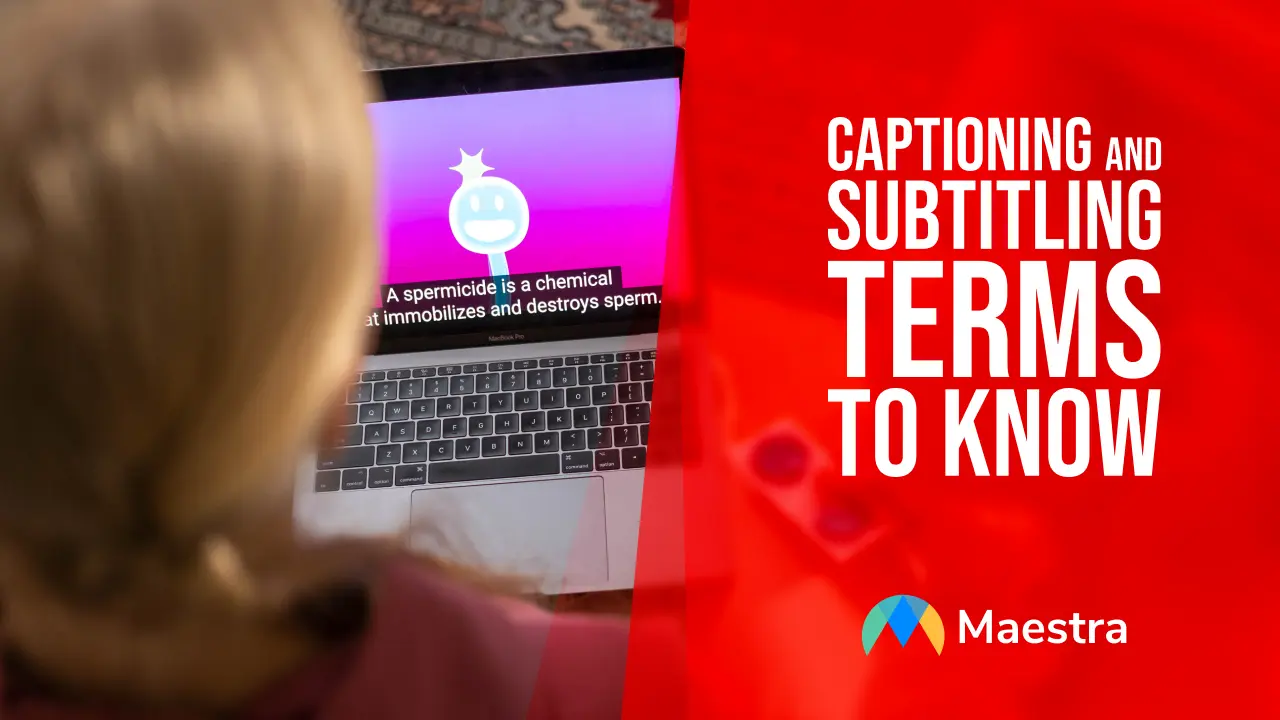Top 7 Closed Captioning Software to Use in 2025
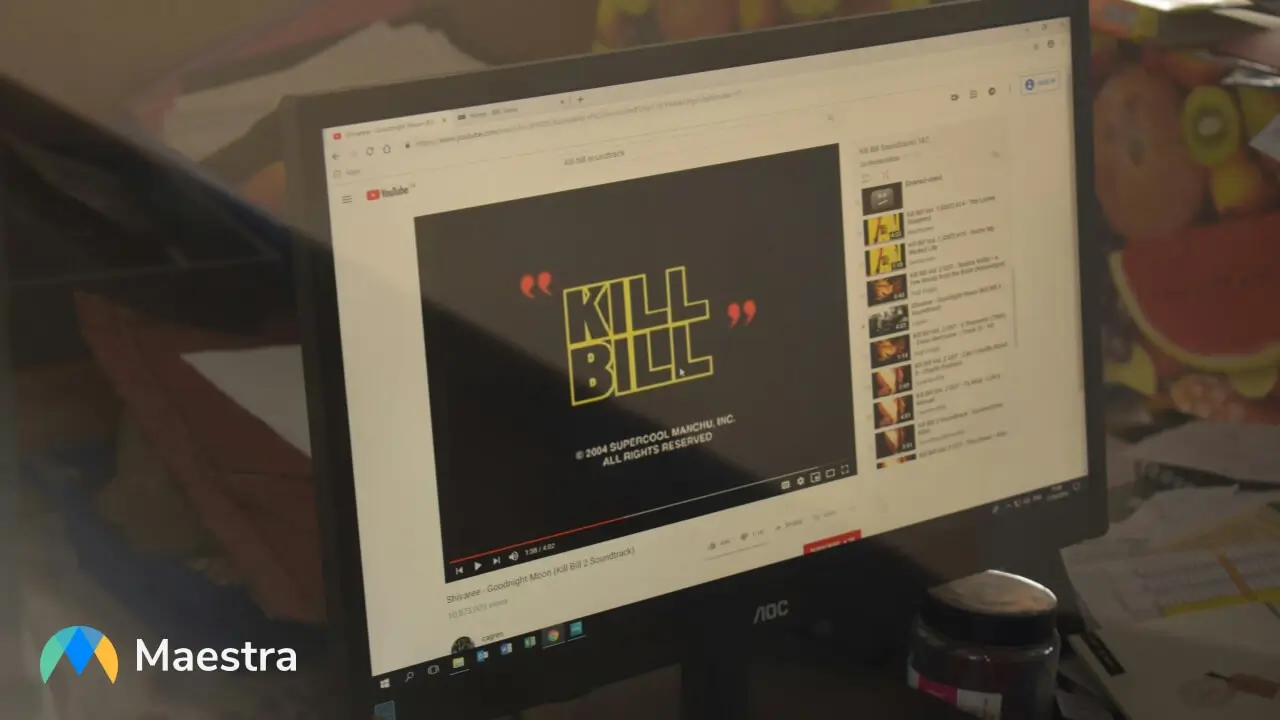
Closed captioning is an essential part of every content creator’s workflow, making video content more inclusive, accessible, and engaging. While the closed captioning process is long and requires extreme attention to detail, AI-powered tools streamline this process by using speech recognition technology. But with so many options available, how can you find the best closed captioning software for you? In this blog post, we will dive into the most popular closed captioning tools and explore their key features, pros, and cons to help you decide.
What are Closed Captions?
Closed captions are written versions of a video's audio content. They provide detailed audio descriptions of everything in a video, including background noises and sound effects. Since they also include non-speech elements, they are a great way of providing an immersive experience for individuals with hearing impairments.
Closed captions not only make your content accessible to people with disabilities but also improve comprehension for people viewing it in noisy environments and help non-native speakers to follow along with your video better.
An Overview of the Best Closed Captioning Software
| Tools ⚙️ | Languages Supported 🌐 | Real-Time Captions❓ |
| Maestra | 125+ | ✅ |
| Trint | 40+ | ✅ |
| Rev | 30+ | ✅ |
| Descript | 20+ | ❌ |
| Veed | 100+ | ❌ |
| Otter | 3 | ✅ |
| Sonix | 50+ | ❌ |
Top 7 AI Tools for Closed Captions and Subtitles
If you are looking for speech recognition software to turn audio into text, here are the best tools to add auto generated captions to your content and make it available to deaf and hard-of-hearing individuals:
1. Maestra
Maestra AI is an all-in-one platform for anything related to audio and video content. It offers subtitle and live captioning services in over 125 languages, making your content available to a wider audience.
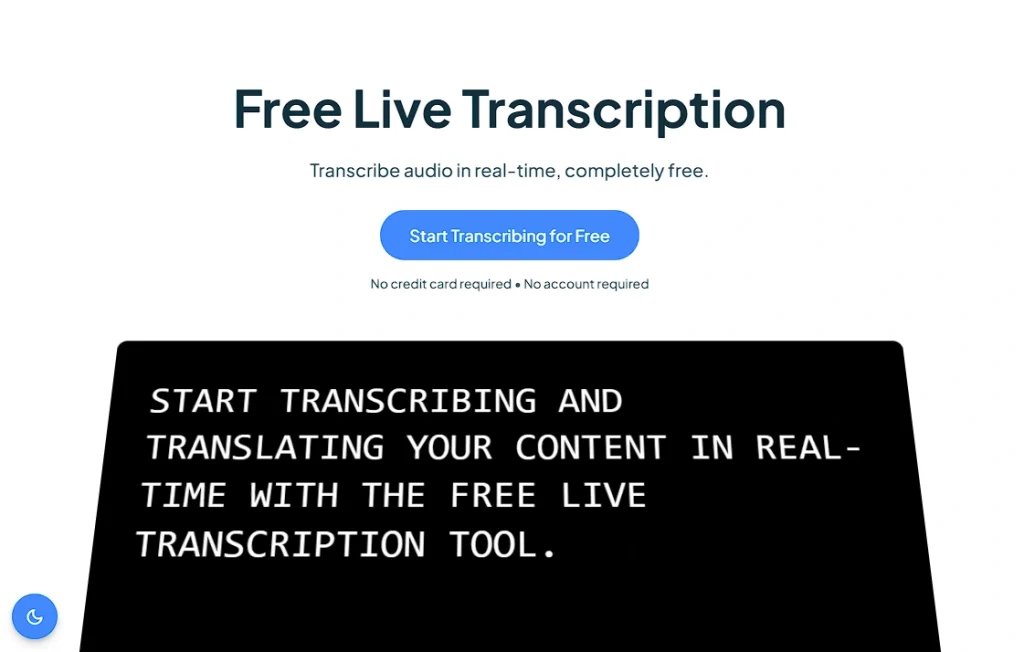
It is the leading AI closed captioning software with the extensive solutions it provides, from automated captions to translations. The subtitle generator can produce highly accurate subtitles instantly and enables users to edit captions, while the free web captioner tool provides real-time closed captions for live speech. Users can even translate live captions into 125+ languages in real time and provide translated captions for their international audiences.
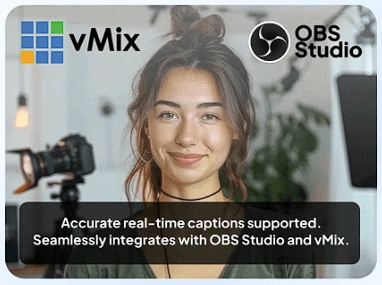
You can also include Maestra in your workflow by integrating it with platforms such as Zoom, OBS Studio, vMix, YouTube, and TikTok to increase accessibility and engagement for broadcasts, live events, and meetings.
Pros:
Cons:
Live Caption for Free
2. Trint
Trint is another automated closed captioning software that offers subtitle services in 40+ languages. It is a powerful tool for generating transcripts easily. Users can edit transcripts like a text doc and share them with their coworkers before exporting the project.
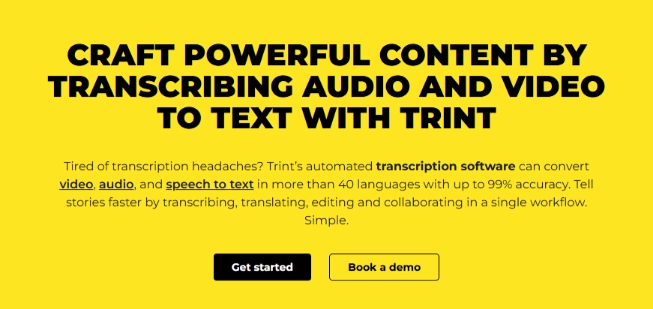
Trint also offers real-time captioning services, enabling users to provide captions for their audience during live events. Users can integrate Trint with third-party applications such as Zoom and Zapier to make the most of their AI-generated captions.
Pros:
Cons:
3. Rev
Rev is one of the most popular video captioning apps, offering both AI-powered and human-generated transcription services. It supports 30+ languages and provides live captioning services in 9 languages for streams via API.
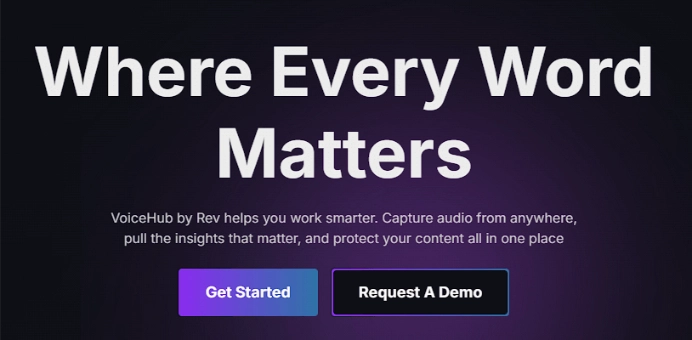
Rev enables users to edit the imperfections in captions and collaborate with teammates on their projects, ensuring seamless captions and streamlining workflows.
Pros:
Cons:
4. Descript
Descript is a platform that can also be used to increase accessibility with captions and subtitles. Even though it is not primarily a captioning tool, it is a great tool for video creators and podcasters to reach a wider audience and perfect their recordings.

Since it is designed as an audio and video editing platform, the language support is limited to 20+ languages, which is low compared to the powerful closed captioning tools on this list.
Users can edit transcripts easily via their editor and collaborate on projects without difficulty.
Pros:
Cons:
5. Veed.io
Just like Descript, Veed is an AI video editor that also offers subtitle services. The video caption generator supports 100+ languages and enables users to export projects in their preferred formats.
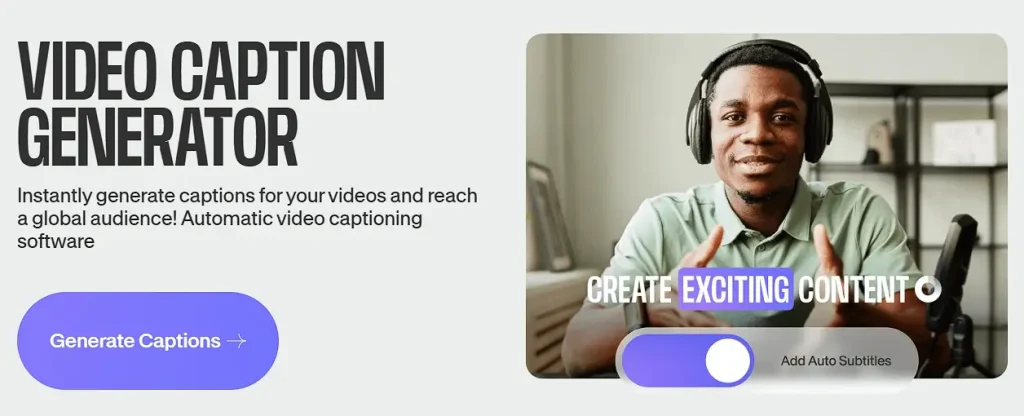
Users can edit and customize how their captions will look and resize their videos to match platform requirements, making Veed a great option for creating social media videos.
Pros:
Cons:
6. Otter.ai
Otter is one of the widely-used closed captioning software for live events. The platform is mainly an AI meeting assistant that offers live captioning services in English, French, and Spanish. It integrates with your calendar and online meeting platforms to automatically transcribe and summarize meetings for you.
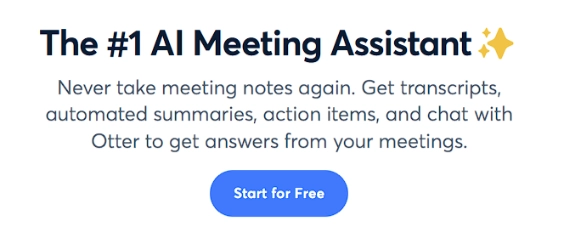
Otter organizes captions by individual speakers and enables users to store and share transcripts easily. While it is a powerful tool for live captions, its limited use case might be a dealbreaker for users having differing needs.
Pros:
Cons:
7. Sonix
Sonix is a platform focusing on AI-powered transcriptions. It supports 50+ languages and enables users to effortlessly add captions to videos.
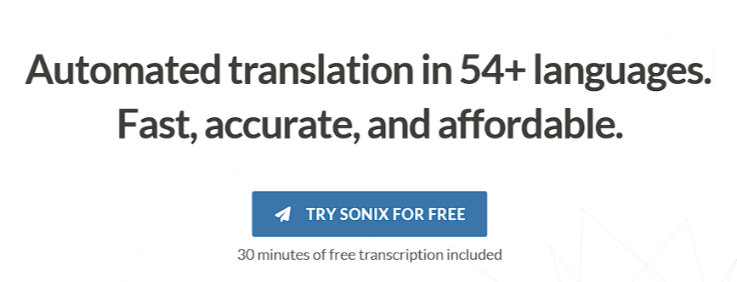
Users can work on the same transcript and streamline their workflow by connecting Sonix to their most used applications, such as Google Drive, Zapier, Salesforce, and Evernote.
Pros:
Cons:
Closed Captions vs Open Captions
Open captions are captions that are burned into the video files. They are an inseparable part of that video content; therefore, they cannot be turned off by the viewer. Closed captions, on the other hand, are created as a separate file. They can be switched off by the viewer, putting them in charge of their experience. While closed captions are highly preferred for their flexibility, they might not be supported by some platforms. That’s where open captions come into play.
Deciding on the Best Software for Closed Captioning
While the choice regarding the best tool to create closed captions and subtitles depends on your preferences and needs, tools that offer advanced features and versatility should be your go-to. Weigh the pros and cons of each tool, and consider their real-time caption capabilities, user interface, and integrations with third-party applications.
While Otter is a strong contender among the best AI-powered captioning tools, its limited language support and use case might prevent it from being the overall best for generating closed captions, but if you are seeking a tool specifically for transcribing meetings, then Otter is a great tool that can also work as a meeting assistant.
Veed and Descript are primarily video editing tools that also provide captions and subtitles. While they are ideal for video editors to add captions to their videos, they might lack some advanced features offered by extensive tools.
Maestra, Trint, and Rev are all powerful tools that can be used to caption videos. Rev provides an alternative with human transcriptions, while Trint offers quick, high-quality transcriptions. Maestra stands out with its language support, live captioning capabilities, and versatility, making it the ultimate tool for anything content-related.
Enhance Your Workflow with Maestra
Frequently Asked Questions
What technology is used for closed captioning?
AI closed captioning software uses automatic speech recognition technology, and Natural Language Processing models can also help improve the accuracy of the captions.
What is the AI for closed captioning?
Maestra is a great tool for AI-powered closed captioning. It supports 125+ languages and offers various format options to suit your differing needs.
What is the best free caption tool?
Maestra’s web captioner is the best free tool to generate captions in real time, which supports 125+ languages and is available on browsers.
What is the best format for closed captioning?
The best closed captioning file format depends on your needs and the platform you’ll use. But, the most common file formats are SRT, VTT, SCC, STL, TXT, CAP, XML, and SBV are all supported by Maestra to address all your needs.
